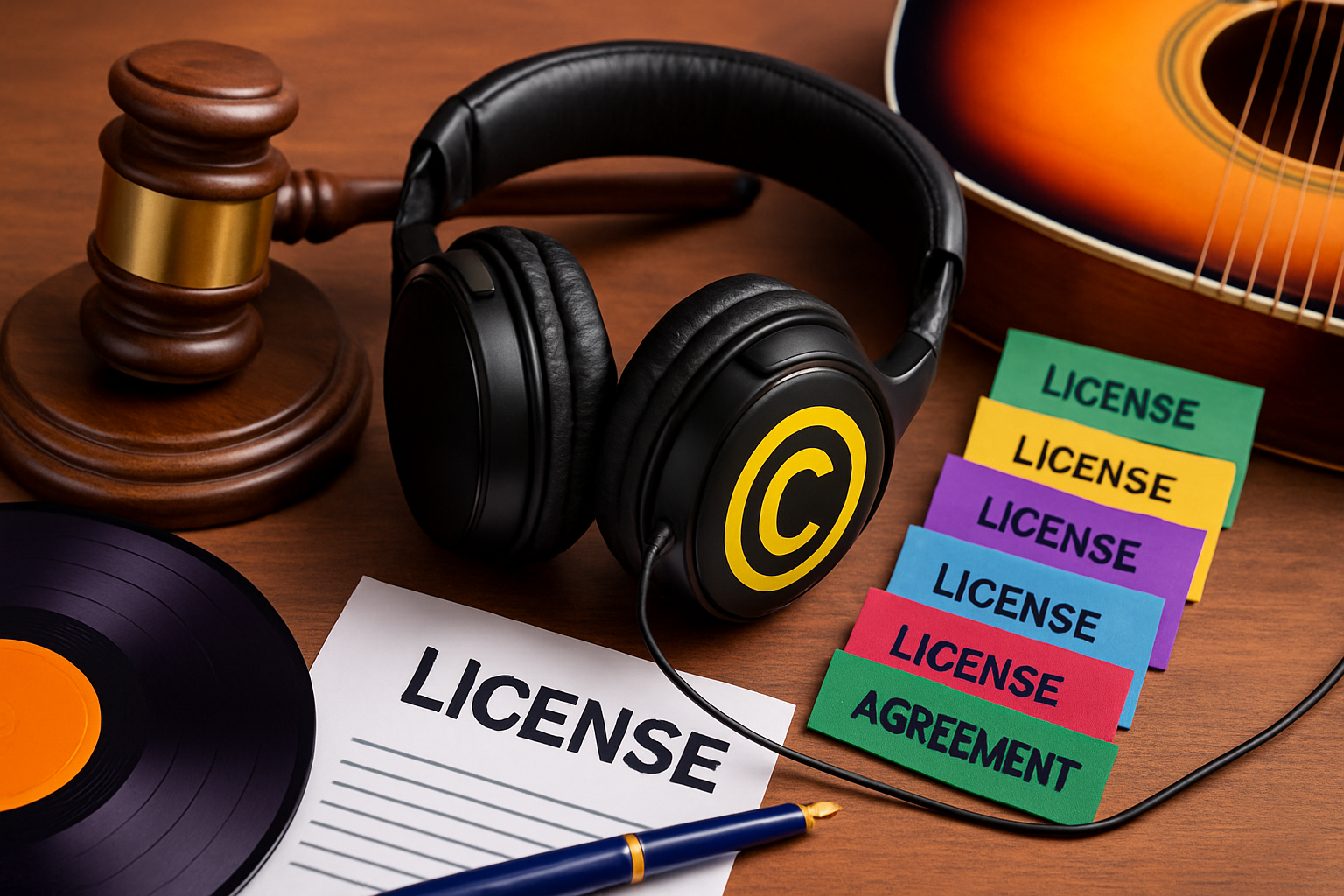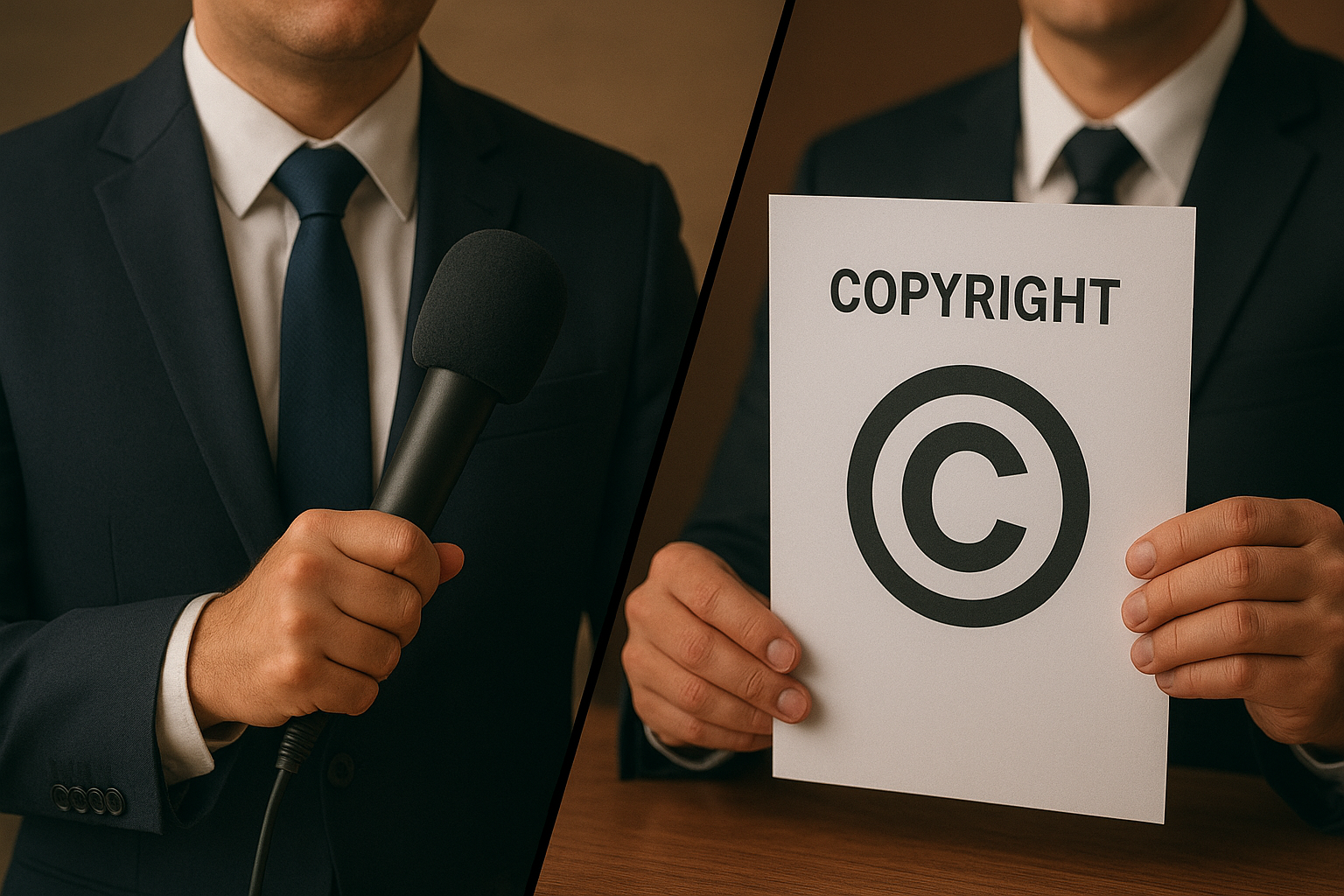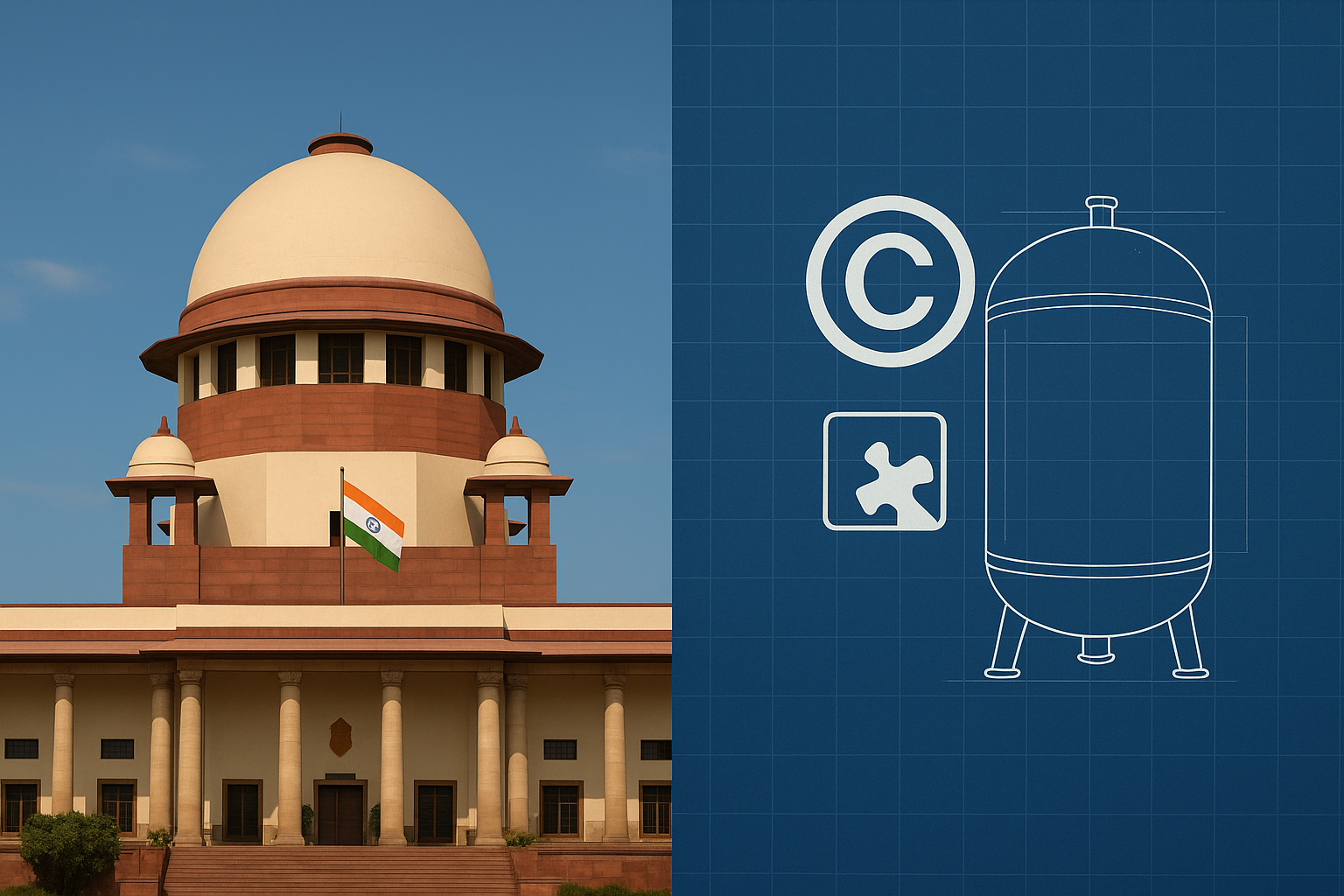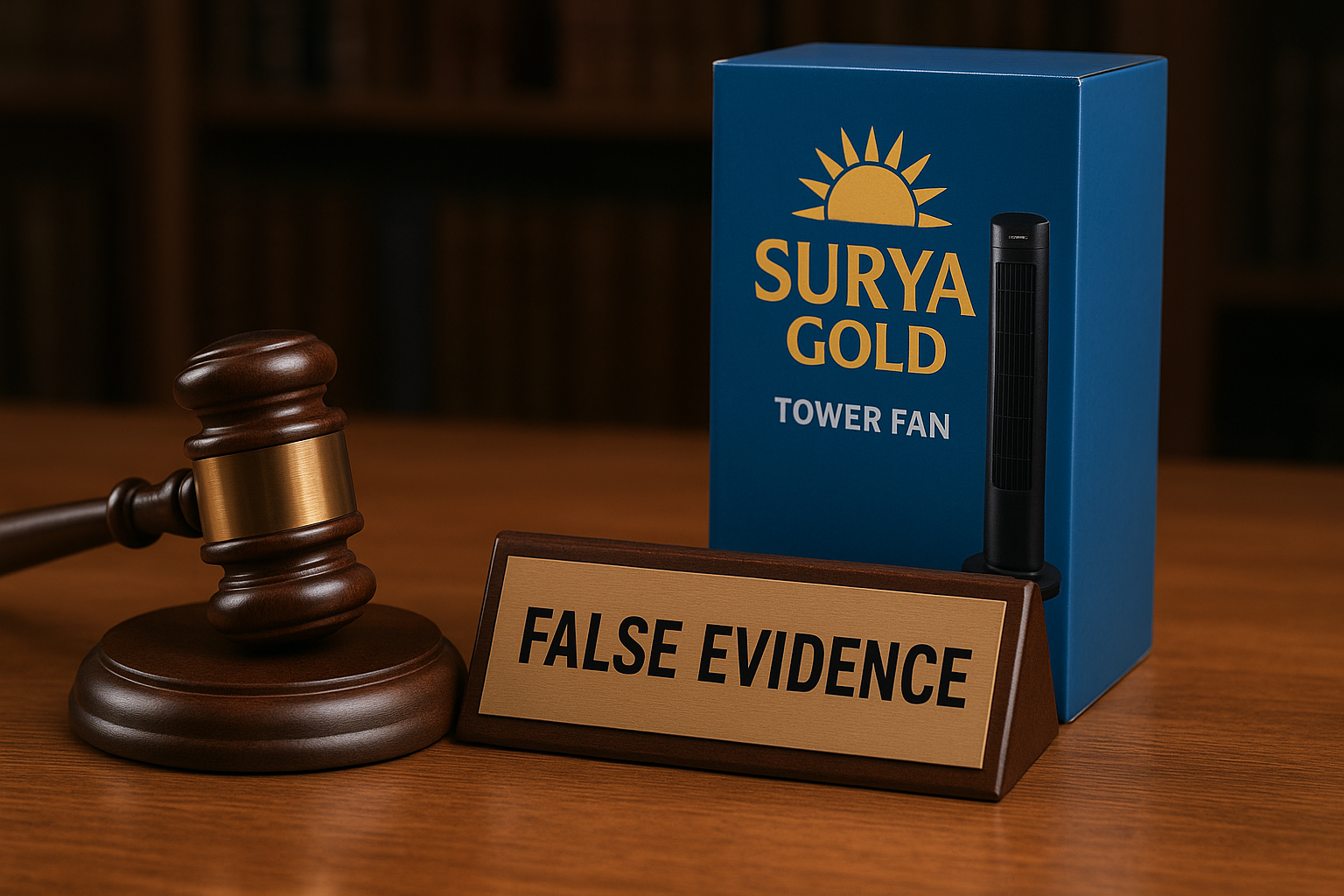
TYPES OF COPYRIGHT LICENSES IN TERMS OF SOUND RECORDING
When it comes to sound recordings, copyright licenses are essential for regulating how the work can be used by others. In the ever-evolving world of music and audio production, understanding copyright licenses is essential for both creators and consumers of sound recordings. Whether you’re a musician looking to share your work, a filmmaker seeking music for a project, or a business wanting to incorporate audio content into advertising, knowing the different types of licenses available is crucial for protecting intellectual property and ensuring legal usage. Copyright law grants the creator of a sound recording exclusive rights, giving them control over how it is used, reproduced, and distributed. However, in many cases, the creator may wish to allow others to use the sound recording—either for a fee or under specific conditions. This is where licenses come into play.
A copyright license is essentially a legal agreement between the copyright holder and another party, granting permission to use the sound recording in specified ways. These licenses can be broad or highly specific, depending on the needs of both parties involved. By granting different types of licenses, creators retain their ownership rights while also allowing others to access their work for purposes like distribution, performance, synchronization with visual media, and more. The landscape of copyright licenses for sound recordings is vast, encompassing a variety of options that can be tailored to fit different creative and business needs. From exclusive licenses that grant full control to a single licensee, to more flexible non-exclusive agreements, creators and licensees can choose from a range of possibilities to suit their projects. Additionally, emerging models like Creative Commons licenses allow for a more collaborative and open approach to sharing sound recordings.
- EXCLUSIVE LICENSE
An exclusive license is a license where the copyright owner grants one entity or individual the sole rights to use the sound recording in certain ways. This means that no one else— not even the original copyright holder— can exercise those rights during the term of the license.
Example: A record label might negotiate an exclusive license with an artist to distribute their album worldwide on digital platforms like Spotify, Apple Music, and YouTube. Once the exclusive license is signed, the artist cannot independently distribute the album to these platforms, nor can they sign a similar agreement with another label for the same platforms.
- NON-EXCLUSIVE LICENSE
A non-exclusive license allows the copyright holder to grant the same rights to multiple licensees. This means that the copyright owner can license the sound recording to others without giving up their own rights.
Example: A music producer may license a song for use in a film soundtrack but can also grant a non-exclusive license to a radio station for the right to play the song on air. The artist, in this case, may still have the right to release the song on streaming platforms or allow other movies to feature it as well.
- SUB LICENSABLE LICENSE
A sub licensable license allows the licensee to grant further sub-licenses to other parties. Essentially, the original licensee has the right to pass along some of their licensed rights to a third party, usually with the approval of the copyright holder.
Example: A music production company might obtain a sublicense to use a sound recording in a video game. This production company can then sublicense the right to individual game developers to use the track in different levels or games, with the proper permissions.
- ROYALTY-FREE LICENSE
A royalty-free license allows the licensee to use the sound recording without paying royalties for each use. Instead, the licensee usually pays a one-time fee for the right to use the recording. These licenses often come with certain restrictions on how the recording can be used.
Example: Suppose a small business purchases a royalty-free license for a background track to use in a promotional video. They pay a one-time fee, and they are then free to use that track in the video for as long as they wish without having to pay additional fees for every viewing or usage.
- CREATIVE COMMONS LICENSE
Creative Commons (CC) licenses are a popular type of license where the copyright holder allows others to use the sound recording under certain conditions. These licenses come in different forms, each with varying levels of restrictions.
Example: An artist might release their song under a CC BY (Attribution) license, which means anyone can use the track as long as they credit the original artist. This could be used by filmmakers, You Tubers, or even other musicians who want to remix or sample the song.
- SYNCHRONIZATION LICENSE (SYNC LICENSE)
A synchronization license, often known as a sync license, grants the right to use a sound recording in combination with visual media, such as films, TV shows, commercials, or video games. Sync licenses are usually negotiated on a case-by-case basis, and fees can vary greatly depending on the usage.
Example: A popular song might be licensed for use in a commercial. The company that produces the ad will need to acquire a sync license from the copyright owner (the record label or artist). The terms of the license will specify how the song can be used and for how long.
- MECHANICAL LICENSE
A mechanical license allows the licensee to reproduce and distribute copies of a sound recording. This is typically needed when a record label or distributor wants to release physical copies (CDs, vinyl) or digital downloads of a sound recording.
Example: When a label plans to press vinyl copies of a hit song, they will need to obtain a mechanical license from the copyright holder to reproduce the song. This license is also required for digital downloads or streaming services distributing the song.
- PERFORMANCE LICENSE
A performance license grants the right to publicly perform a sound recording. This includes broadcasting it on the radio, playing it in a nightclub, or using it in public spaces. Performance rights are typically managed by performance rights organizations (PROs) like ASCAP, BMI, or SESAC in the United States.
Example: If a restaurant wants to play a popular song over its sound system, it needs to acquire a performance license from the appropriate PRO. The PRO will collect the fees and distribute them to the copyright owners.
- DIGITAL DISTRIBUTION LICENSE
A digital distribution license allows the licensee (such as a streaming service, online store, or digital distributor) to distribute the sound recording over the internet through platforms like Spotify, Apple Music, or Bandcamp.
Example: A music streaming service like Tidal may enter into a digital distribution agreement with a record label to offer the label’s albums to users via its platform. The license allows the streaming service to host and distribute the sound recordings digitally.
- SAMPLE LICENSE
A sample license is required when someone wants to use a portion of an existing sound recording (known as a “sample”) in a new work. This is a common practice in genres like hip-hop, where producers sample snippets of older songs to create new compositions.
Example: A hip-hop artist might want to sample a portion of a classic soul song for their new track. To do so legally, they would need to obtain a sample license from the copyright holder of the original recording and, often, the underlying musical composition.
Conclusion
Understanding the various types of copyright licenses for sound recordings is crucial for lyricist, composer, creators, musician or producers and users of music. These licenses help ensure that music creators are compensated for their work while allowing others to legally use and distribute their recordings. Whether you’re an artist, producer, or content creator, knowing which type of license applies to your situation is key to navigating the music industry’s legal landscape.




Leave a Reply